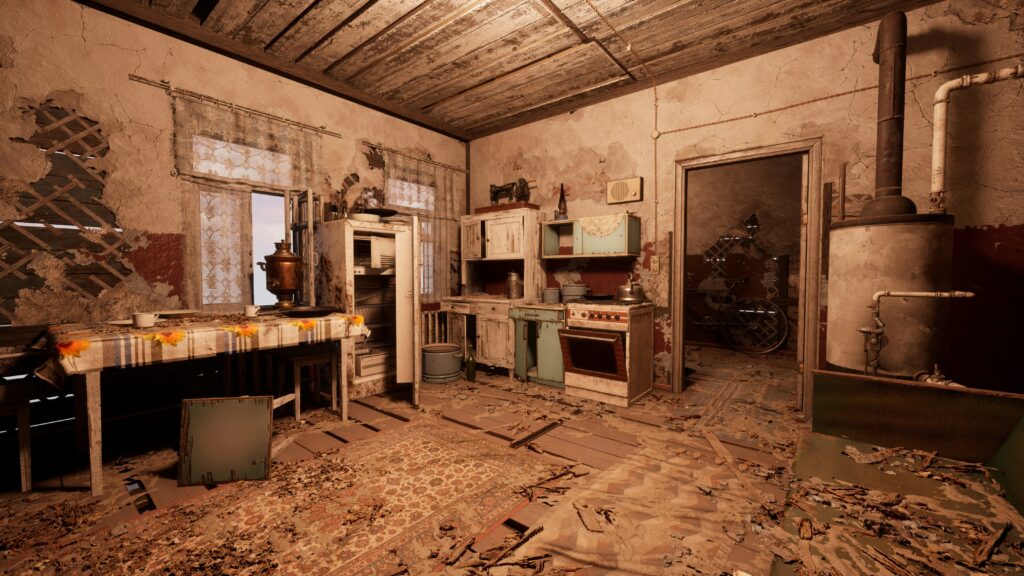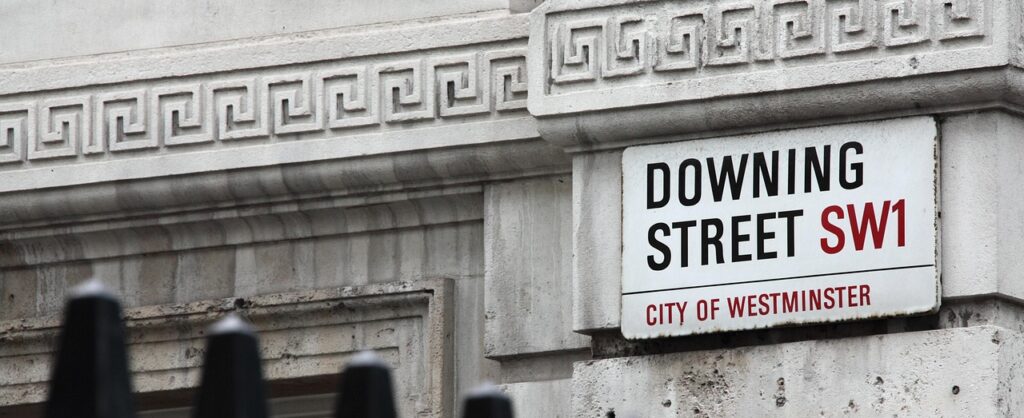
Britain’s Top 10 Most Haunted Houses
If you don’t want to encounter a ghost, demon or expose yourself to paranormal activities when going trick-or-treating this Halloween night, you better hurry up when passing by Britain’s top 10 most haunted houses.
Ham House, Richmond (South West London)
Ham House is a spectacular 17th century house on the River Thames in Richmond, South West London. Besides its beautiful architecture, gardens and treasures, the historic house is also known as one of the most haunted places in London. According to the National Trust, it could be home to as many as 15 ghosts. During Halloween’s half term, there are organised family ghost tours but consider yourself warned; these tours are not for the faint-hearted.
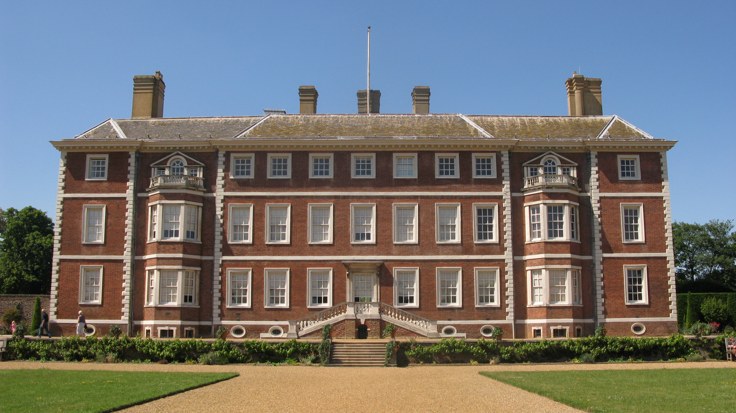
Photo credit: commons.wikimedia.org/Torecles
50 Berkeley Square, Berkeley Square (Central London)
The former home of British Prime Minister George Canning (1770-1827), 50 Berkeley Square is said to be London’s most haunted house. Built at the end of the 18th and beginning of the 19th century, the townhouse is allegedly haunted by a ghost of a young women who killed herself there. According to another story, however, 50 Berkeley Square is haunted by a ghost of a young girl who was killed in the loft. Either way, the townhouse has been associated with paranormal activity since the late 19th century and at least two people died there in very mysterious circumstances.
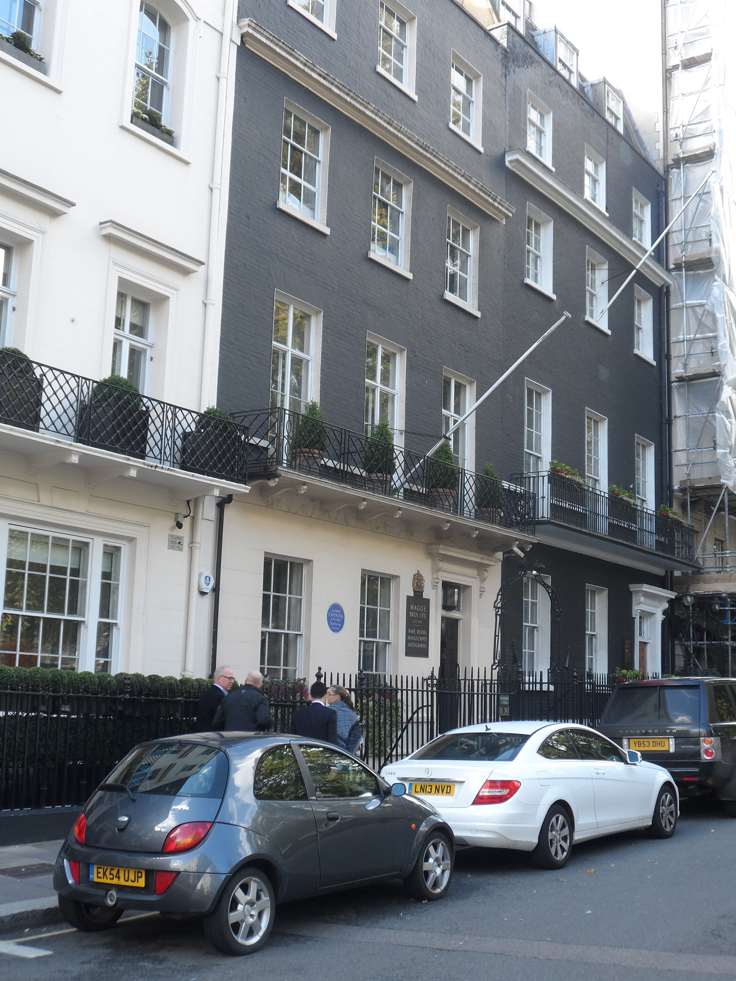
Photo credit: commons.wikimedia.org/Spudgun67
The Hostel, Hull (East Ridding of Yorkshire)
The notorious 39 De Grey Street, called The Hostel is a seven-bedroom house in Hull which is known for blood-chilling paranormal activity such as moving objects, things flying through the air, and people being touched and even physically assaulted by the dark forces that are said to ‘live’ there. The owner of the house who experienced some spooky events while living there himself has been trying to rent it for years but he couldn’t keep tenants for longer than a few days. Over 18s who are not easily scared away can spend the night at The Hostel for £65.
Plas Teg, Pontblyddyn (Flintshire)
Widely considered as one of the most haunted or according to some, the most haunted house in Wales, Plas Teg is an impressive 17th century Jacobean mansion. It was built by the Welsh politician Sir John Trevor I (1562-1630) and was in the Trevor family until 1930. In the mid-1980s, the house was bought by the current owner who opened it to public shortly thereafter. Plas Teg is said to be haunted by multiple ghosts, while there have also been reports of moving objects, creepy noises, flashing lights and other scary events/activities. Those who want to see for themselves can do so by taking part in their paranormal nights.
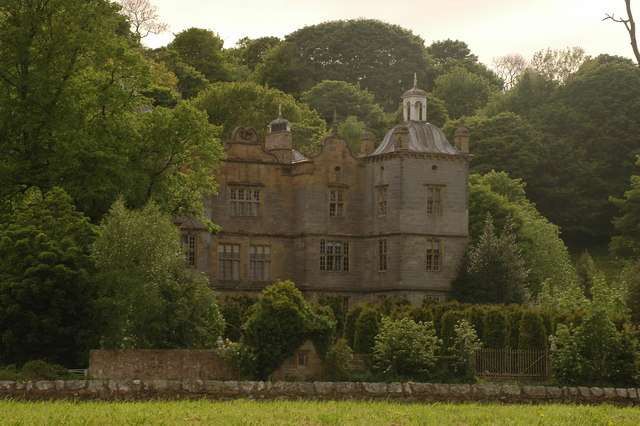
Photo credit: Copyright Graeme Walker and licensed for reuse under this Creative Commons Licence
Ettington Park Hotel, Ettington (Warwickshire)
The splendid High Victorian house at the village of Ettington in Warwickshire wasn’t only the setting for the 1963 film The Haunting. Now serving as a hotel, Ettington Park is said to be haunted for real. Over the years, there were a number of unexplained events and incidents involving ghosts, objects flying through the sky, things moving on their own, etc. which seriously frightened both the hotel’s guests and staff. The current building dates from the mid-19th century but it’s thought to be built on an older house, possibly dating to the 17th or 18th century.
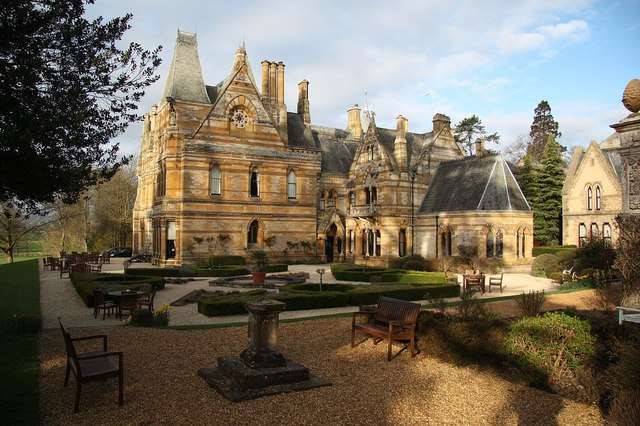
Photo credit: Copyright Richard Croft and licensed for reuse under this Creative Commons Licence
Ackergill Tower, Wick (Caithness)
Currently serving as a luxury hotel and wedding venue, the Ackergill Tower isn’t only known for its breath-taking architecture and location but for its rich history dating back nearly six centuries. It remains unknown by whom and when exactly it was built but most historians believe that it probably dates to the early 16th century. The legend has it that about the same time a beautiful woman named Helen Gunn was abducted by the castle’s owner John Keith. While attempting to escape, she either fell or intentionally threw herself to death from the Tower. Her ghost is reported to haunt the castle ever since.
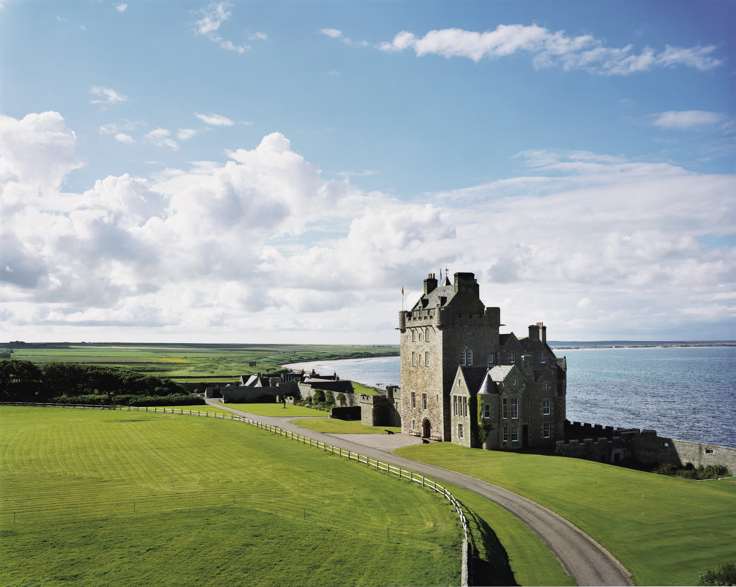
Photo credit: commons.wikimedia.org/Sian Abrahams
Pinkie House, Musselburgh (East Lothian)
Pinkie House is an imposing tower house in Musselburgh, East Lothian. It was built in the 16th century but its present-day appearance is a result of later additions and alterations. A very popular wedding venue, Pinkie House is also known for being haunted by a female ghost who was suggested to be Lilias Drummond, wife of Alexander Seton, 1st Earl of Dunfermline (1555-1622) who acquired the house after the Reformation in the late 16th century. However, Dame Lilias has also been linked to the hauntings in the Fyvie Castle at Turiff (Aberdeenshire) that was bought by Seton in 1596.
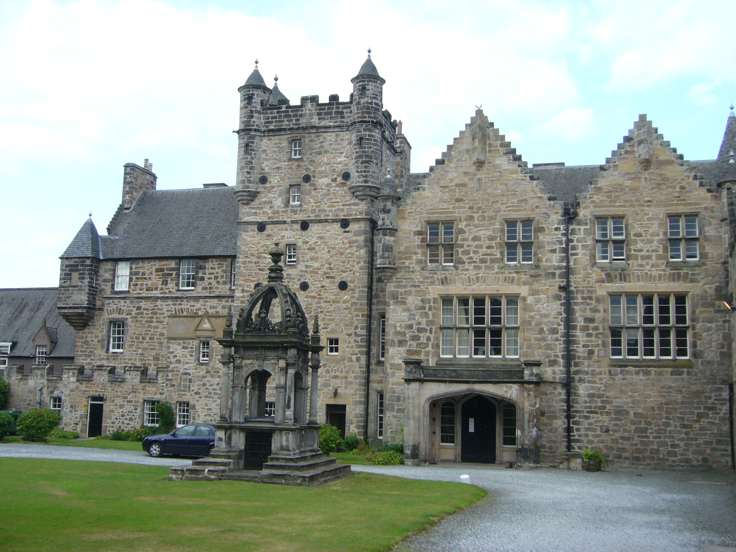
Photo credit: commons.wikimedia.org/Kim Traynor
The Cage, St Osyth (Essex)
This property in St Osyth, Essex, is supposedly the spookiest house in Britain. Dubbed The Cage, the house has recently been put on the market by its owner who had enough of the ghosts, poltergeists and other dark forces that are said to occupy the house and harass its residents and visitors alike. An investigation of the property’s history found that it used to be a prison which, among others, also housed several St Osyth Witches including Ursula Kemp (1525-1582) who was convicted and hanged for witchcraft in 1582.
Dryburgh Abbey Hotel, Dryburgh (Berwickshire)
Dryburgh Abbey Hotel is a historic house hotel in the village of Dryburgh in Berwickshire, Scotland. The present-day baronial style house was built in the mid-19th century but it is believed to be built on a much older house, possibly dating to the 16th century. The legend goes that around that time a woman who lived there fell in love with a monk from the adjacent Dryburgh Abbey. When they were exposed, the monk was executed, while the woman – devastated by her lover’s death – committed suicide by jumping from a bridge over the nearby River Tweed. She is reported to haunt the house and bridge ever since.
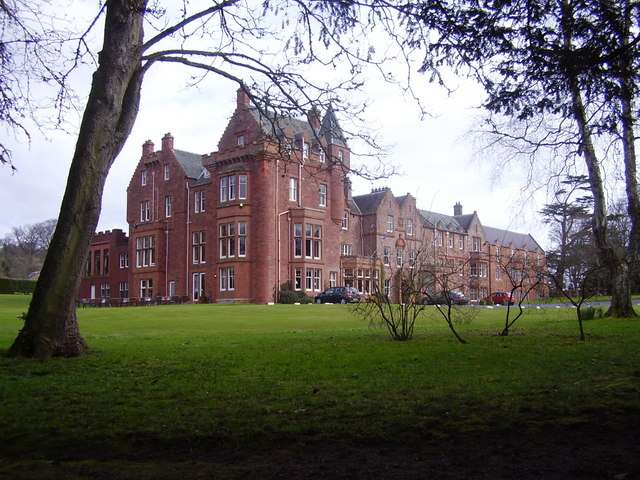
Photo credit: Copyright James Denham and licensed for reuse under this Creative Commons Licence.
Llancaiach Fawr, Nelson (Gwent)
Llancaiaich Fawr is a 16th century manor house not far from the village of Nelson in Gwent, Wales. According to most sources, it was built on an older medieval house in 1530 and is widely considered as one of the finest surviving examples of the 16th and 17th century period gentry houses. But it is also widely considered as one of the most haunted houses in Wales. Both visitors and staff members reported to experience very disturbing occurrences including hearing footsteps and other unexplained sounds as well as seeing ghostly figures. At least three ghosts have been linked to the house including that of a 19th century housekeeper called Mattie, a tragically deceased young boy and Colonel Edward Prichard who lived there during the English Civil War (1642-1651).
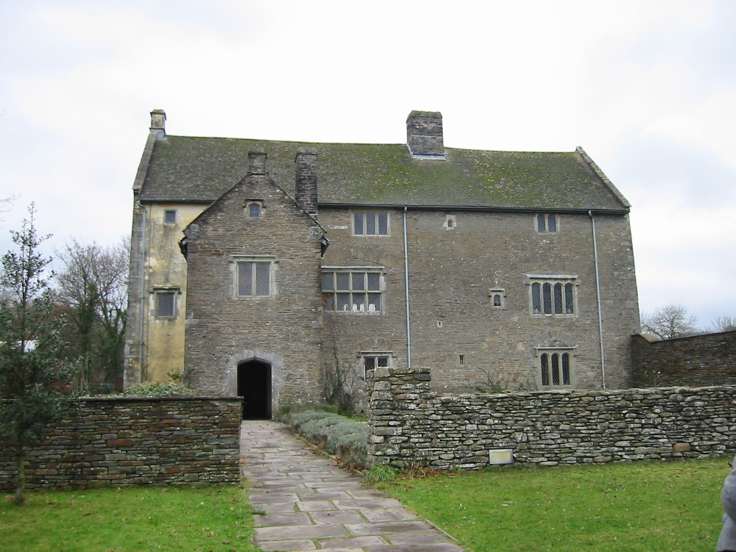
Photo credit: commons.wikimedia.org/Rose Cottage
